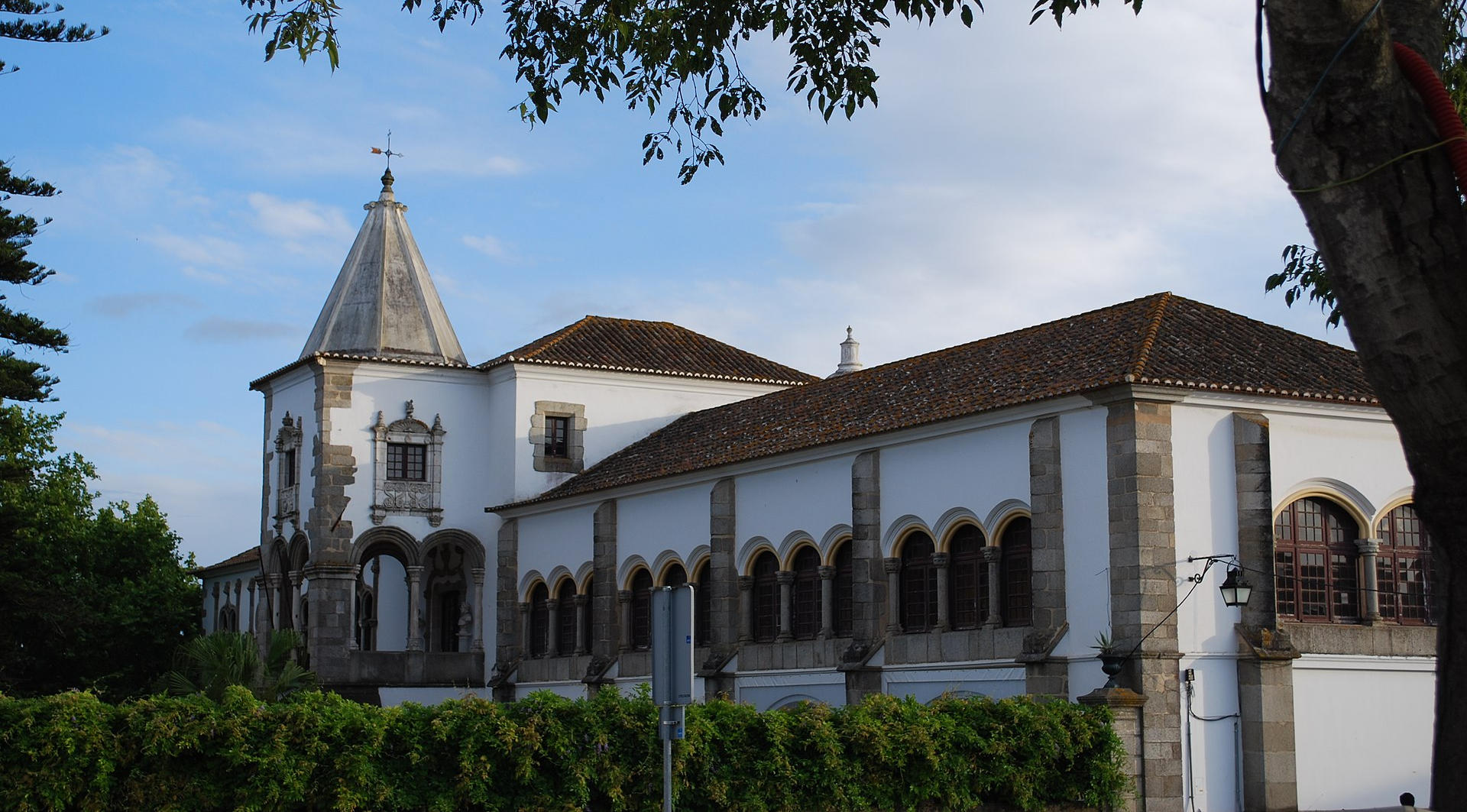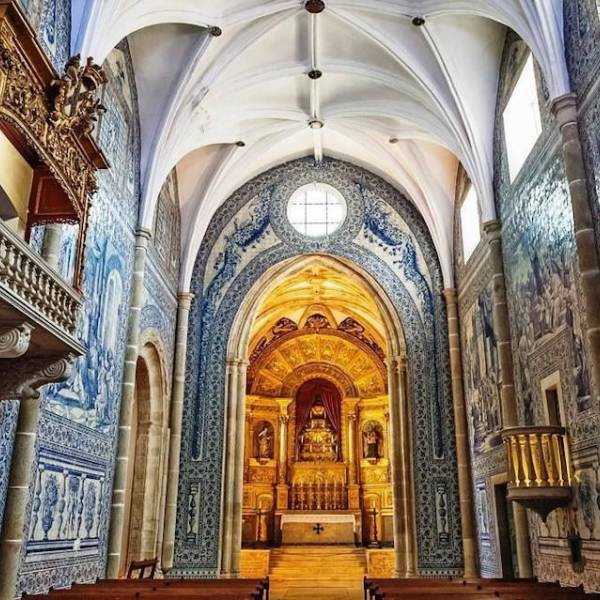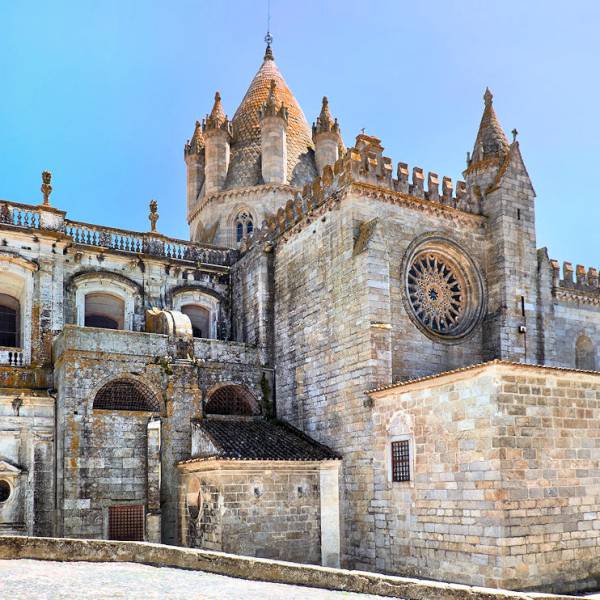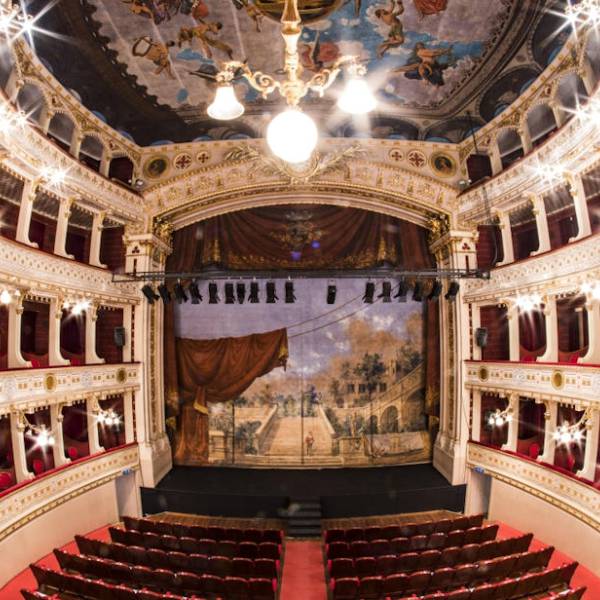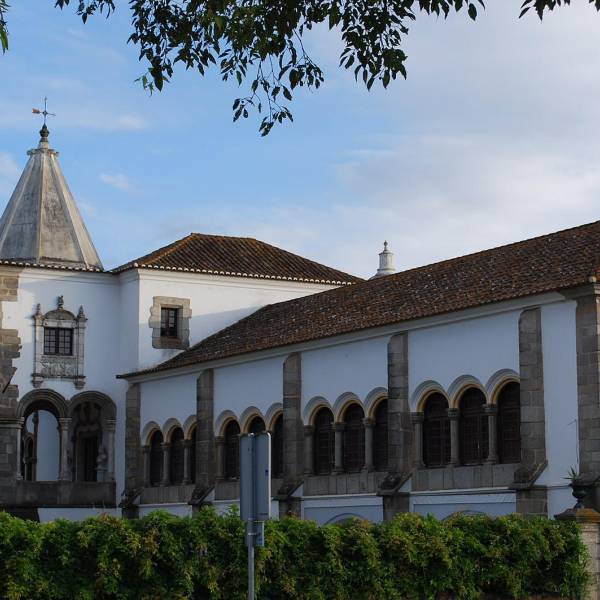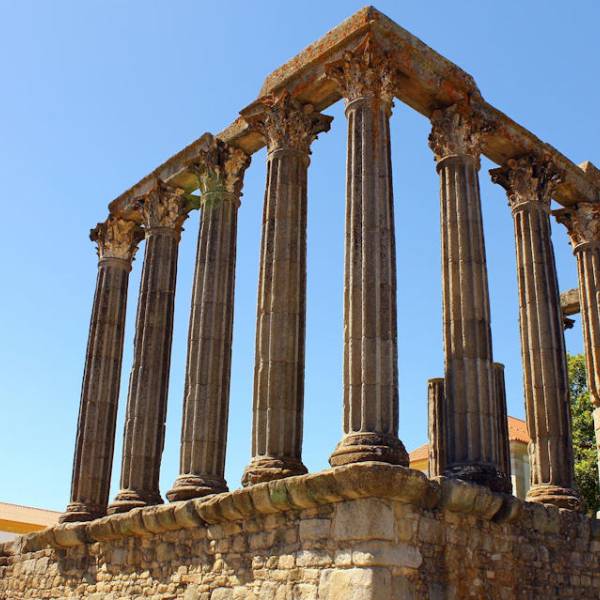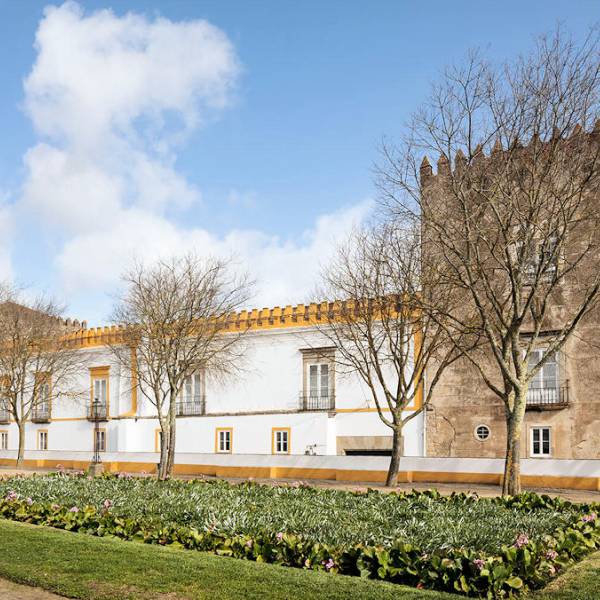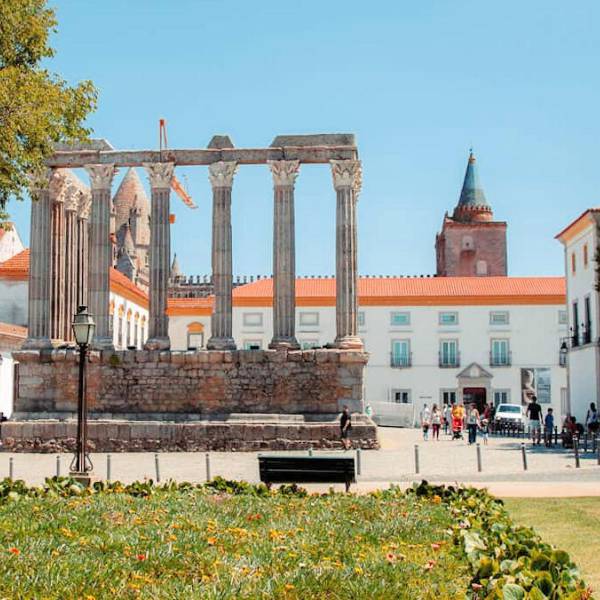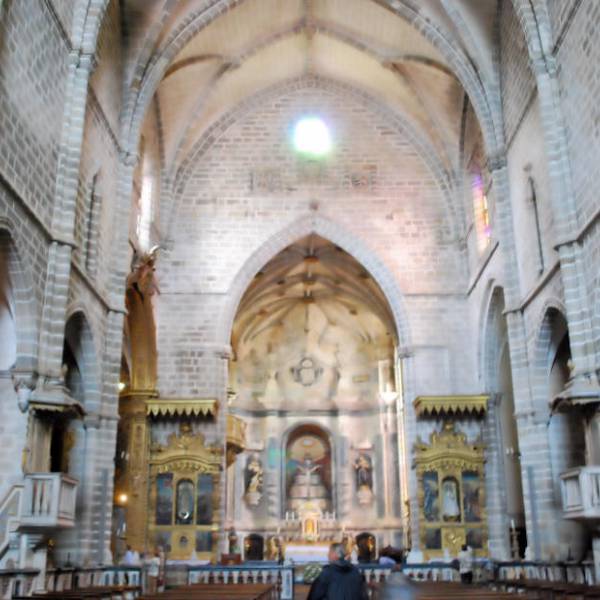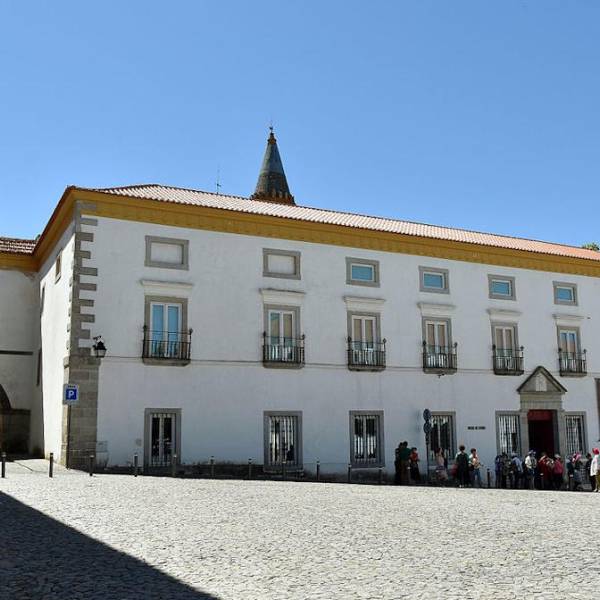Located within easy reach of Lisbon, the Royal Palace of Évora is a recommended day trip for those seeking to immerse themselves in Portugal's captivating history. With its stunning architecture, regal interiors, and cultural significance, this palace offers a glimpse into the country's royal past and is a must-visit destination for history enthusiasts.
During the Portuguese Renaissance, the Royal Palace of Évora played a vital role as one of the centers of cultural and political activity. It became a hub for artists, playwrights, and explorers who sought audiences with the king. Playwright Gil Vicente and the famous explorer Vasco da Gama were among those who visited the palace during its golden age. The palace underwent constant additions and improvements, evolving into a living work of art that reflected the cultural and intellectual vibrancy of Évora.
The history of the Royal Palace of Évora is intertwined with the rise and fall of various monarchs. In 1387, King John I initiated the transformation of the convent into a palace by ordering the construction of chambers, an antechamber, an inn, servants' houses, a well, and an orange grove. Although the palace expanded and gained significance, it remained a personal palace for the use of the king, queen, and their children.
In 1470, King Afonso V elevated the Palace of São Francisco, as it was then known, to the status of a royal palace. He expanded the complex and made it the seat of his court, previously located in Estaus Palace. King Afonso V spent considerable time at the palace until his defeat in the War of the Castilian Succession, after which he retired to a monastery near Sintra.
It was King John II who transformed the Royal Palace of Évora into a full-time royal residence. He hosted the Portuguese Cortes, or parliaments, at the palace from 1481 to 1482. To accommodate the Cortes, the former rectory of the convent was expanded into offices for the High Offices of the Royal Court, providing a more organized and structured environment. In 1490, the palace became the focal point for the marriage celebrations of Afonso, Prince of Portugal, and Isabella, Princess of Asturias, with King John II further expanding the palace by constructing a new wing and gardens. Additional renovations followed in 1493, including the creation of the Hall of Ambassadors, the Queen's Hall, the Royal Armory, and the Tribunal of the Palace of São Francisco.
Lisbon.vip Recommends
However, the palace's fortunes began to decline during the Iberian Union in 1616 when Philip II of Spain visited Évora. At the request of the Franciscans, he issued a royal diploma integrating the building, vegetable garden, orchard, and garden of the Convent. This marked the beginning of the palace's ruin, with the construction of two bedrooms for the friars using materials from the Queen's Room. The complex suffered further destruction during the Portuguese Restoration War.
In 1865, the Palace of Manuel was repurposed as an Archaeological Museum, theater, and exhibition space. Unfortunately, a collapse in 1881 caused severe damage to the palace's roofs. Subsequently, the building was adapted as a public theater, known as the Teatro Eborense, with significant modifications made by engineer Adriano de Sousa Monteiro. These alterations included adding a second floor with a metallic frame, in line with the architectural preferences of the time. In March 1916, the theater was destroyed by fire and remained in ruins until 1943 when it was restored by the National Monuments. The restoration work aimed to preserve the essential elements of the old pavilion.
Today, the Royal Palace of Évora stands as a testament to the rich history and architectural splendor of the region. Despite the destruction it has endured over the centuries, the surviving remnants, including the Gallery of Dames, offer glimpses into the grandeur of the past. Visitors can explore the palace and immerse themselves in the fascinating stories of the Portuguese monarchy and the cultural legacy of the Renaissance period.
The Royal Palace of Évora remains a significant tourist attraction, drawing visitors from around the world. Its close proximity to Lisbon makes it an ideal day trip destination for those seeking to explore the historical and cultural treasures of Portugal. Évora itself is a UNESCO World Heritage site, known for its well-preserved medieval walls, Roman ruins, and picturesque streets. The palace adds another layer of historical depth to the city, allowing visitors to delve into Portugal's royal legacy and experience the splendor of a bygone era.
In conclusion, the Royal Palace of Évora stands as a testament to the rich history and architectural brilliance of Portugal. From its origins as a convent to its transformation into a grand royal palace during the Portuguese Renaissance, this historic landmark showcases the cultural and political significance of Évora. Exploring the palace provides a captivating journey through time, immersing visitors in the opulence and grandeur of the Portuguese monarchy. As a recommended day trip from Lisbon, Évora offers a unique opportunity to discover the country's royal heritage while enjoying the city's captivating atmosphere and UNESCO World Heritage status.
Map View


